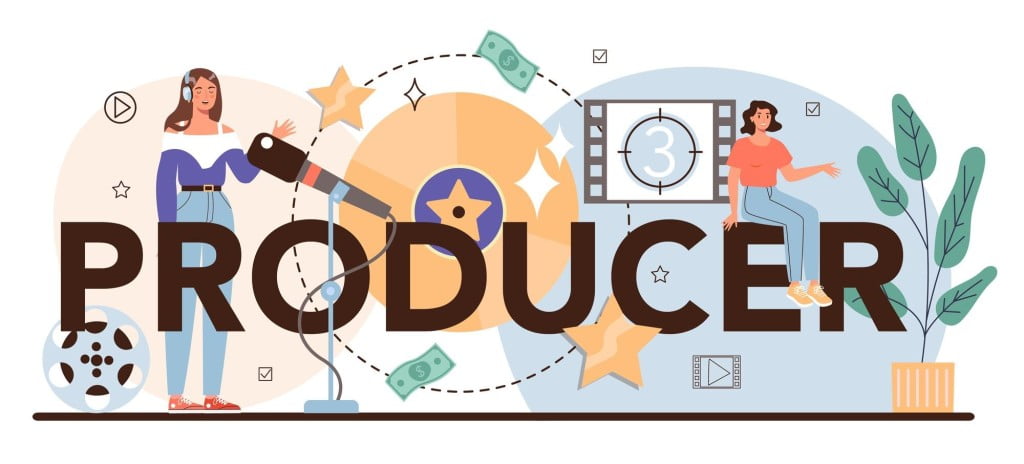The Art of Documentary Narration

The Art of Documentary Narration: How to Spot the Best Narrators is an e-book that can help you identify and use various techniques to enhance your documentary. It’s full of tips for both beginning and advanced filmmakers. You’ll learn about the Present tense, the importance of dialogues, and the difference between Diegetic and Non-Diegetic elements.
Pre-planning your story
Pre-planning your documentary story is a crucial part of the filmmaking process. With it, your project can stay within budget and get all the content in the editing phase. A clear, detailed outline can help you achieve your goal, whether planning a one-off improv piece or a feature-length film.
There are several ways to outline a documentary story. Some writers use a simple system of numbers and letters to indicate scenes. Others opt for a more sophisticated method.
One technique involves a storyboard. These visual guides to the scenes in your film will illustrate focal length, character placement, blocking, and lighting. By creating a visual representation of the story, you can ensure that every detail is in its proper place.
While a good storyboard will do the trick, consider other pre-production measures. In addition to a storyboard, create a mood board. It will help you decide the style of your movie.
Another option is to use scriptwriting software. Scriptwriting software can help you block out and visualize scenes. It can also help you avoid common filmmaking mistakes. You can find a free template online.
Timing
The correct documentary narration can help engage viewers. Whether it’s a documentary about nature, politics, or travel, narration adds a unique perspective. Choosing a good narrator is a crucial part of the production process.
Documentaries have evolved over the years. Many now use multimedia techniques. Some documentaries feature graphics, interviews, and actual footage. Others include more subtle storytelling devices like a stop motion technique.
In general, documentaries are slower-paced than other types of movies. However, they can still be impressive. Using a voiceover narrator is a great way to add a creative and informative element to a documentary. It also helps to minimize post-production work.
Voice-over narration can be the best way to keep your audience engaged. Best documentary narrators can provide depth and empathy to your subject while maintaining a natural cadence. To get the most from a voiceover, research your topic, find a talented narrator, and follow the director’s lead.
Regardless of the style you choose, be sure to test out different readings to see which works the best. It would be best if you also kept in mind the pacing of your images.
Dialogues
A well-crafted documentary comprises many moving parts, but one of the most important is the narration. Good voiceovers are crucial to maintaining a viewer’s interest. However, a poorly narrated documentary can be a letdown. Here are a few tips to get the most out of your documentary’s narration.
A good documentary has a strong structure based on facts and scholarship. Using a storyboard will help you pinpoint which key points are most important. It will enable you to pack in as much information as possible into the running time.
Dialogues are the most common type of narration used in documentary films. Although they may not be the most exciting part of the film, they are essential to the overall experience. You can cut dialogue lines in to highlight a critical moment or as a response to an unforeseen event.
It’s a given that you will need a decent amount of research to make your film a success. Luckily, you can find plenty of free resources online.
Present tense
The present tense is one of the most common narrative tenses used today. Unlike the past tense, which can describe historical events, the present tense is typically associated with fictional narratives.
One benefit of the present tense is its ability to create a solid and immediate feeling. It can be an excellent way to bring a character’s experience to life in various ways. Using the present tense is especially useful in short periods.
The use of the present tense can also have a dramatic effect. For instance, a scene narrated in the present tense may be presented to readers as a theatrical event or as a retrospective summary of the action. However, readers unfamiliar with this writing style might need help following the story.
There are some important guidelines for using the present tense in documentary narration. These include using consistent verb tenses and avoiding transitional awkwardness.
Most present-tense narratives are based on two main verb tenses. The simple present and the simple past are commonly used.
Diegetic vs. Non-Diegetic elements
Diegetic and non-diegetic elements of documentary narration are essential in creating powerful stories. However, they can be used interchangeably, and the best films are the ones that blend the two.
The story’s dialogue, sound effects, and music create the film’s diegetic world. These elements work synergistically to create the illusion of realism.
For the audience to understand what they are watching, the source of these sounds must be clearly defined. For example, the sound of a dollar bill “cha-ching” is non-diegetic. On the other hand, the sound of a siren is considered to be diegetic.
Dialogue is the most common example of diegetic sound. Dialogue is what the characters say to one another during the movie. It informs the audience of the character’s personalities and their relationships with one another.
Non-diegetic sounds include the sounds that the characters hear off-screen. A character humming a tune is a diegetic sound, while a character whistles the same music is a non-diegetic sound.
The use of a mixture of diegetic and non-diegetic sounds is a method known as trans-diegetic filmmaking. Trans-diegetic films combine diegetic and non-diegetic sounds to smooth out transitions between scenes. It is ideal for making creative storytelling possible.
